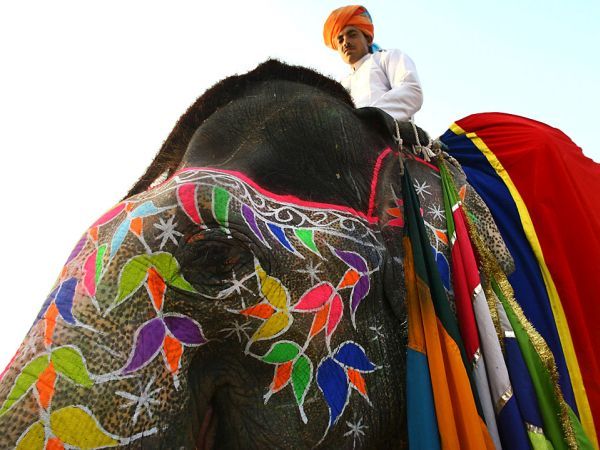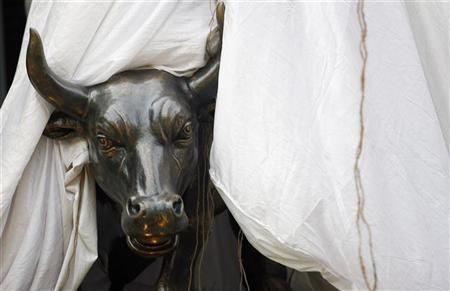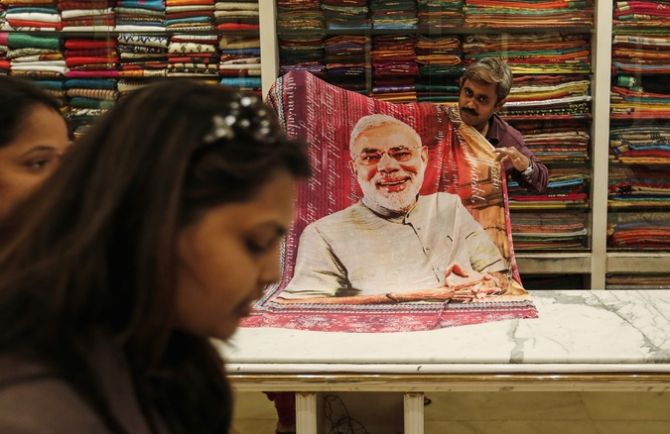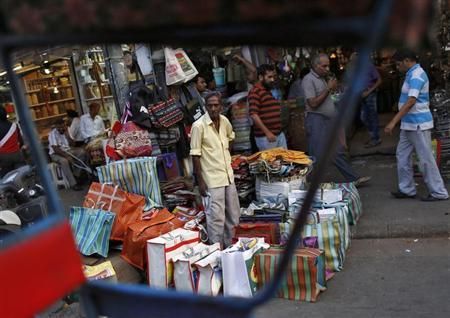Currently, the growth and inflation picture is the best since the end of 2011, while the twin deficits (fiscal and current account) look to be the best since 2008. That’s quite a lot to cheer about in this festive season.

Half-way through the financial year, what have we got? Steadily lower inflation, and a quarterly growth rate that points to a mild recovery.
Also, an external account that is healthier because of the lower trade deficit and higher forex reserves. As icing on the cake, the fiscal arithmetic might eventually end up close to the projected deficit numbers — thanks to the bonus of substantially lower oil prices.
The growth and inflation picture is the best since the end of 2011, while the twin deficits (fiscal and current account) look to be the best since 2008. That’s quite a lot to cheer about in this festive season.
This situation is a far cry from the crisis days two years ago, when virtually all the macro-economic indicators were out of line and the bottom threatened to fall out of the currency market.
Today, the rupee is holding up well even as the dollar climbs against all currencies other than the yuan; against a basket of currencies, the rupee is in fact quite strong.
The change over two years is crystallised by the progression from a threatened credit downgrade to an actual upgrade.

Typically, the stock market began its celebrations ahead of the news curve.
On a quarterly basis, the Sensex in the last four quarters has climbed sequentially by seven per cent, 7.5 per cent, 13.7 per cent and now 4.1 per cent. Over the full 12 months, the index is up 36 per cent.
That is after the market had dipped a bit over the previous three years, between October of 2010 and 2013.
So perhaps a rally was due. The experts will have their take on whether the bulls have run out of steam, or whether there will be a fresh sprint up the charts once corporate profits improve.
It is interesting, meanwhile, that real estate prices have been subdued, while gold in international markets has continued to dip, dropping by a total of a third (in dollars) since its price peak three years ago.
In rupees, the fall is about 10 per cent. That should help improve financial savings, and perhaps even the stock market.

Then there are the dark spots. New projects are simply not materialising — despite all the claims of numerous projects having been cleared, first by the outgoing Manmohan Singh government in its last few months and now by the Modi government. At the same time, capacity utilisation levels in existing factories are low.
If you look at other key indicators, bank credit shows a slower growth rate than at any point since the financial crisis days of 2009.
Truck sales remain depressed, while imports are trending lower than the levels of 2011-12.
Across the board, demand would appear to be slacker than it should be if we are headed for a healthy recovery.
It would be reasonable to not expect anything more than a weak recovery in 2014-15. The gap between actual and potential output remains quite large.
For that reason, it is time the Reserve Bank moved on interest rates, since they act with a time lag.

The central bank is rightly an inflation warrior.
But the government’s 10-year money is priced today at about 8.5 per cent, the overnight lending rate has been held steady at eight per cent, and many banks offer nine per cent or more for medium-term deposits.
Against that, consumer price inflation is at 7.8 per cent and falling, wholesale price inflation (year-on-year) is as low as 3.74 per cent, and oil prices continue to drop.
The RBI therefore should not lead the market to believe that rates will stay where they are for the foreseeable future.
An interest rate cut would be a positive signal and, with the inevitable lag, would give the needed boost to economic activity.











